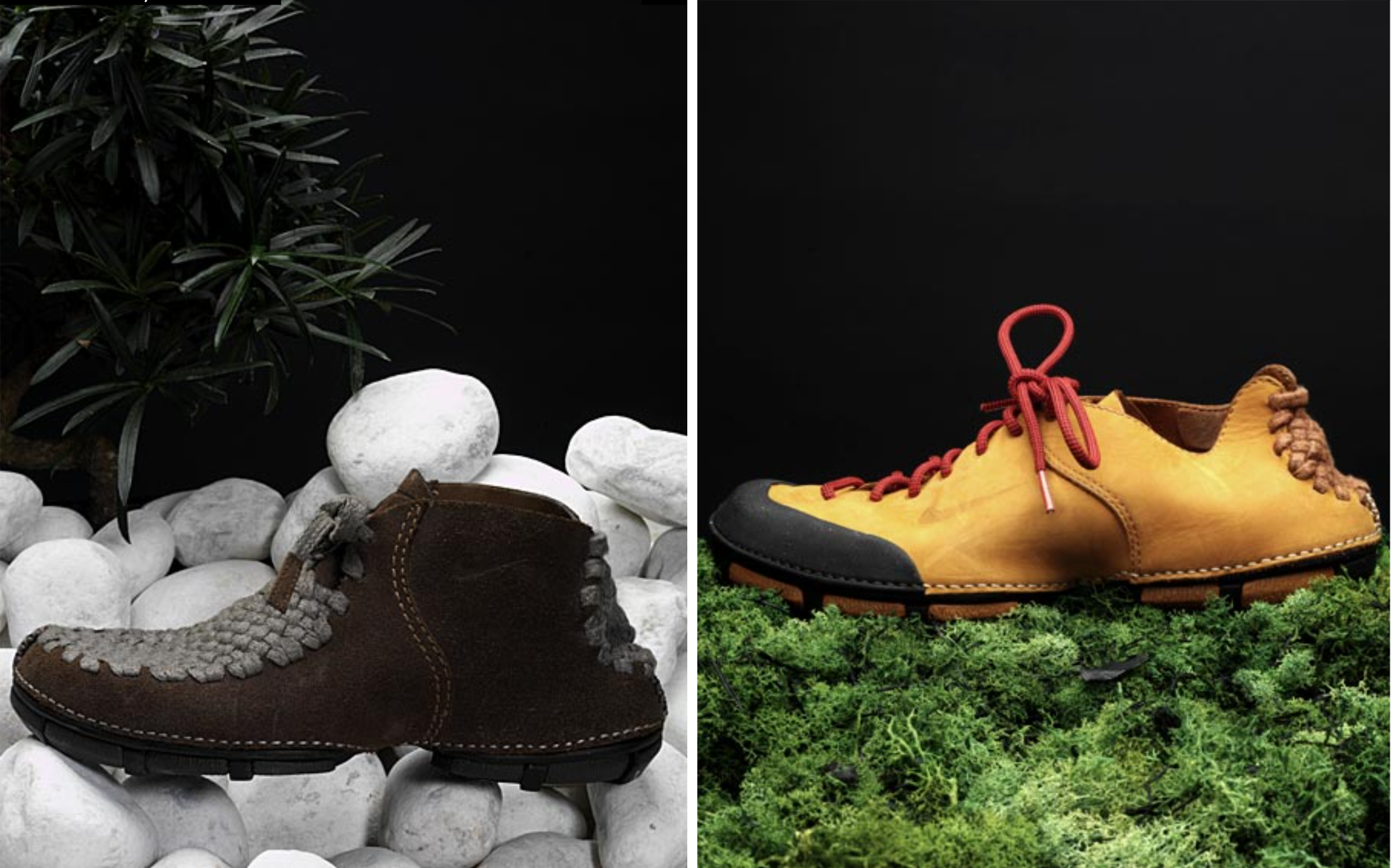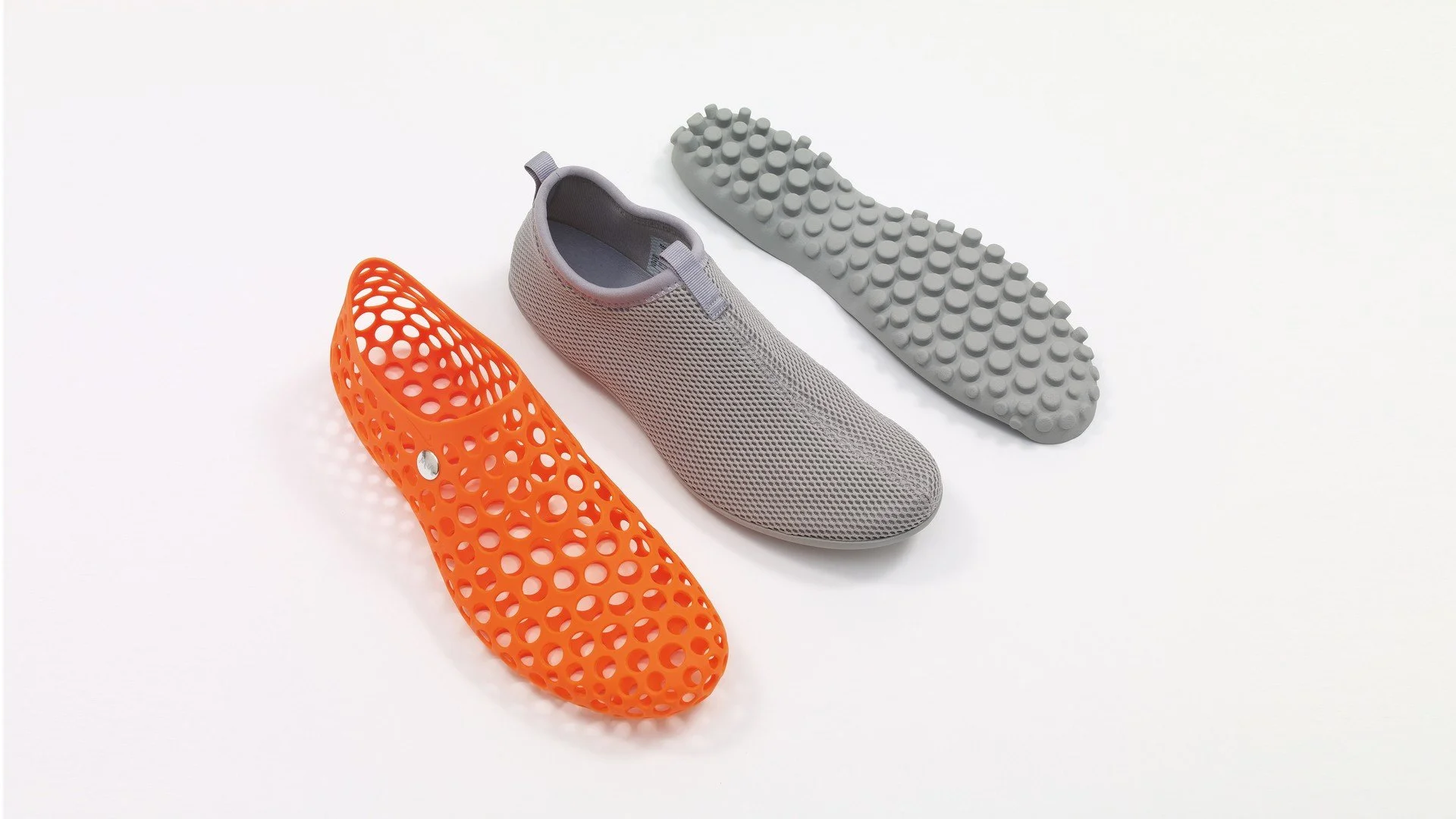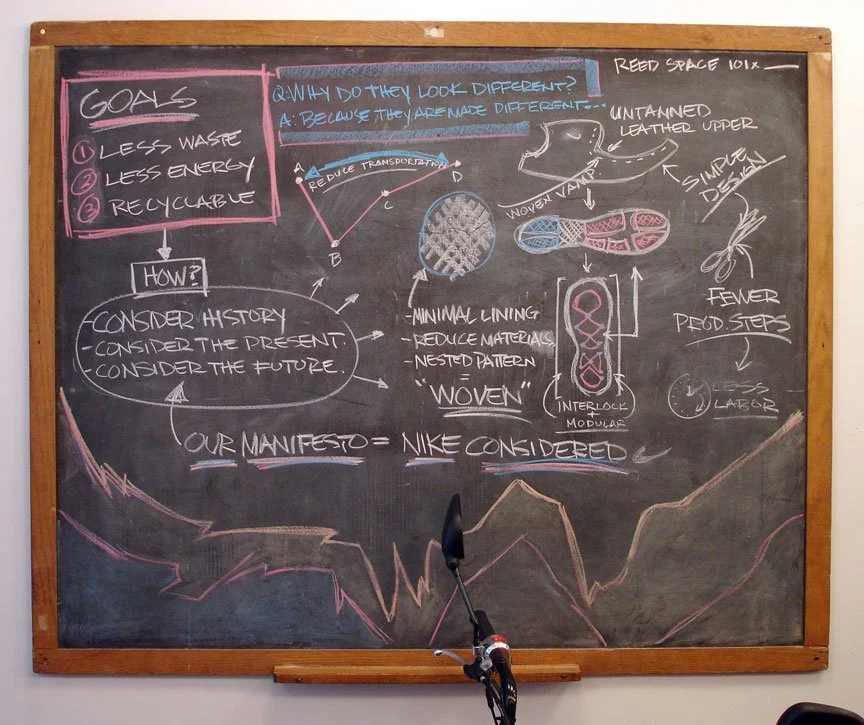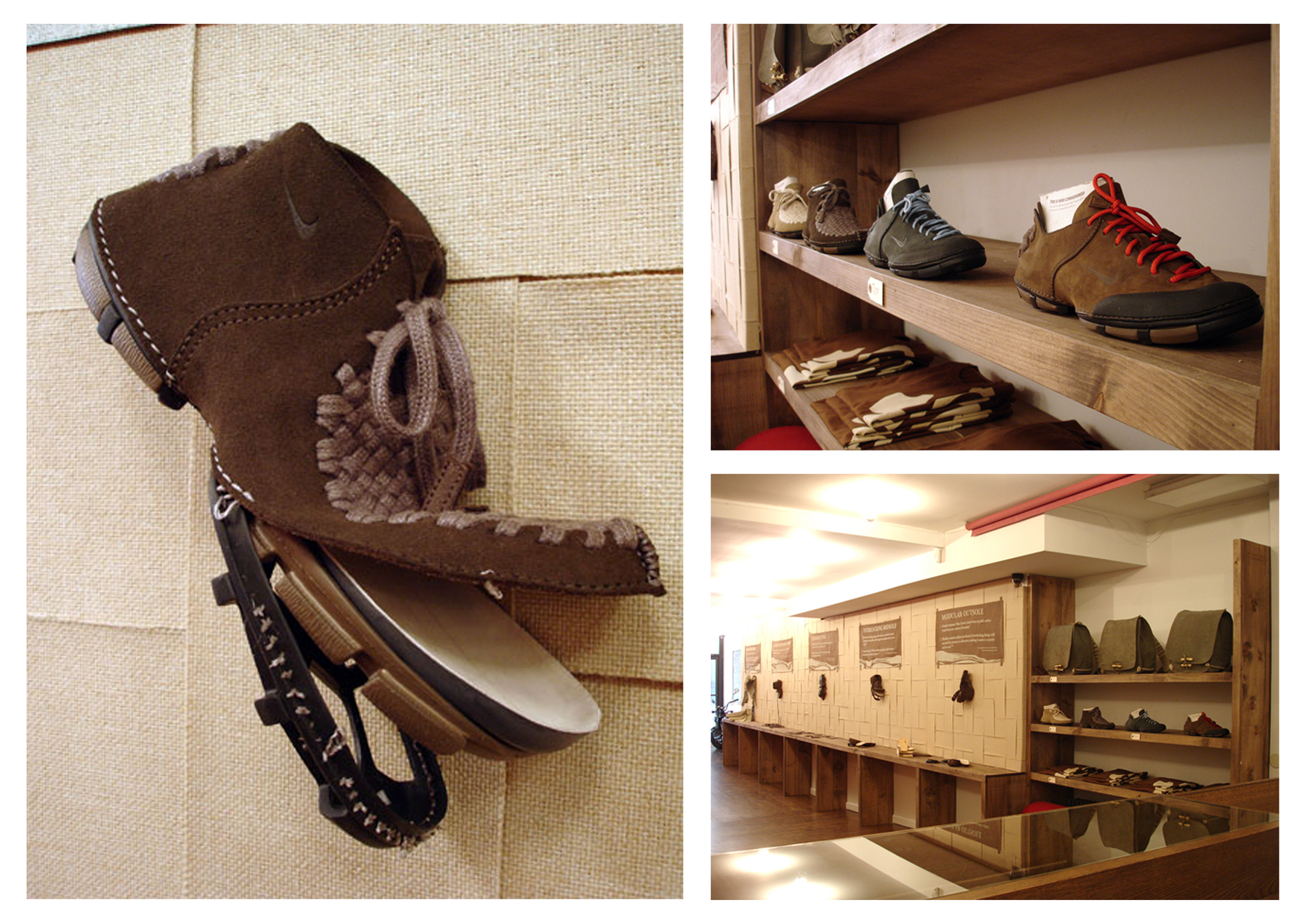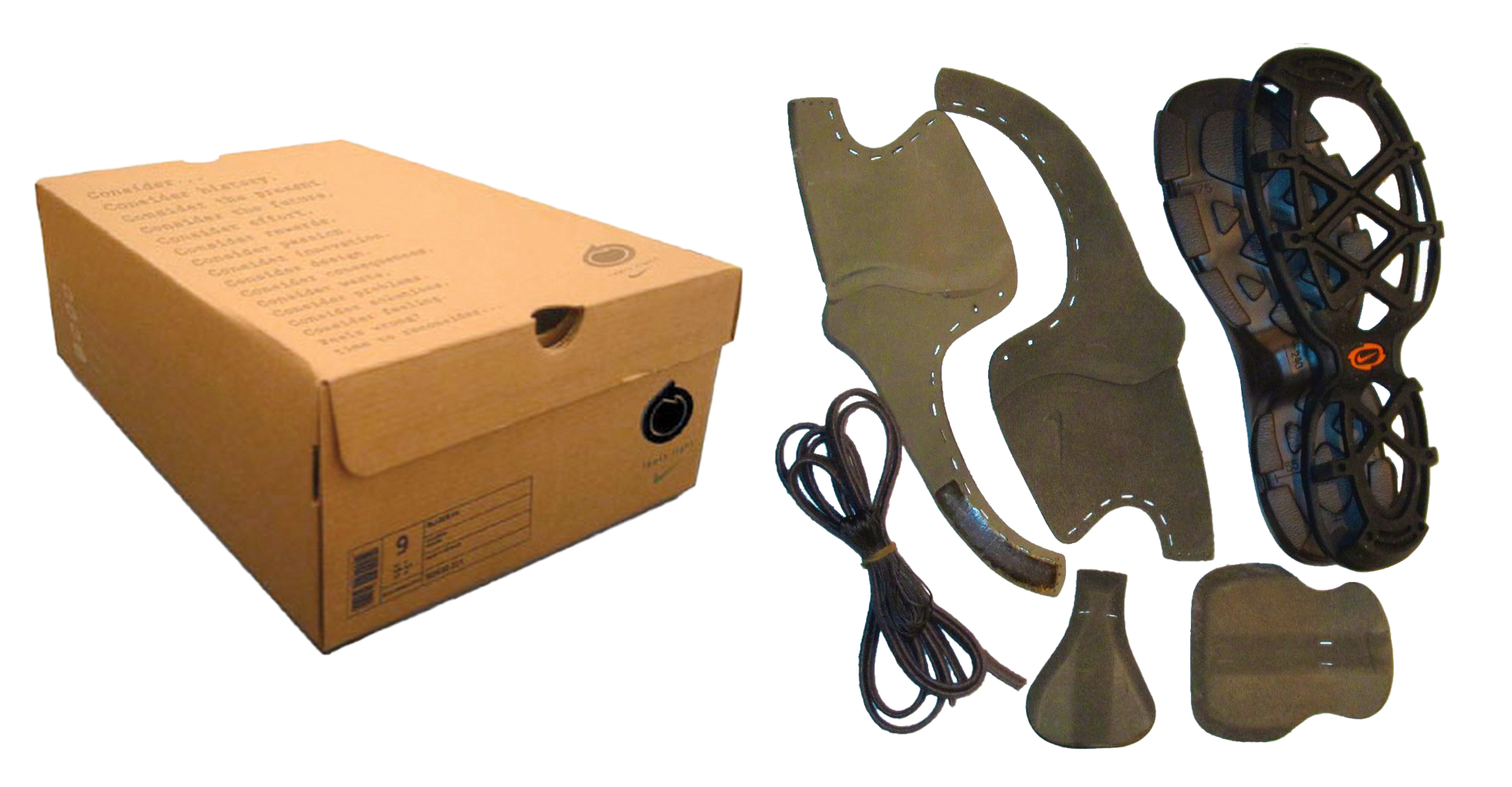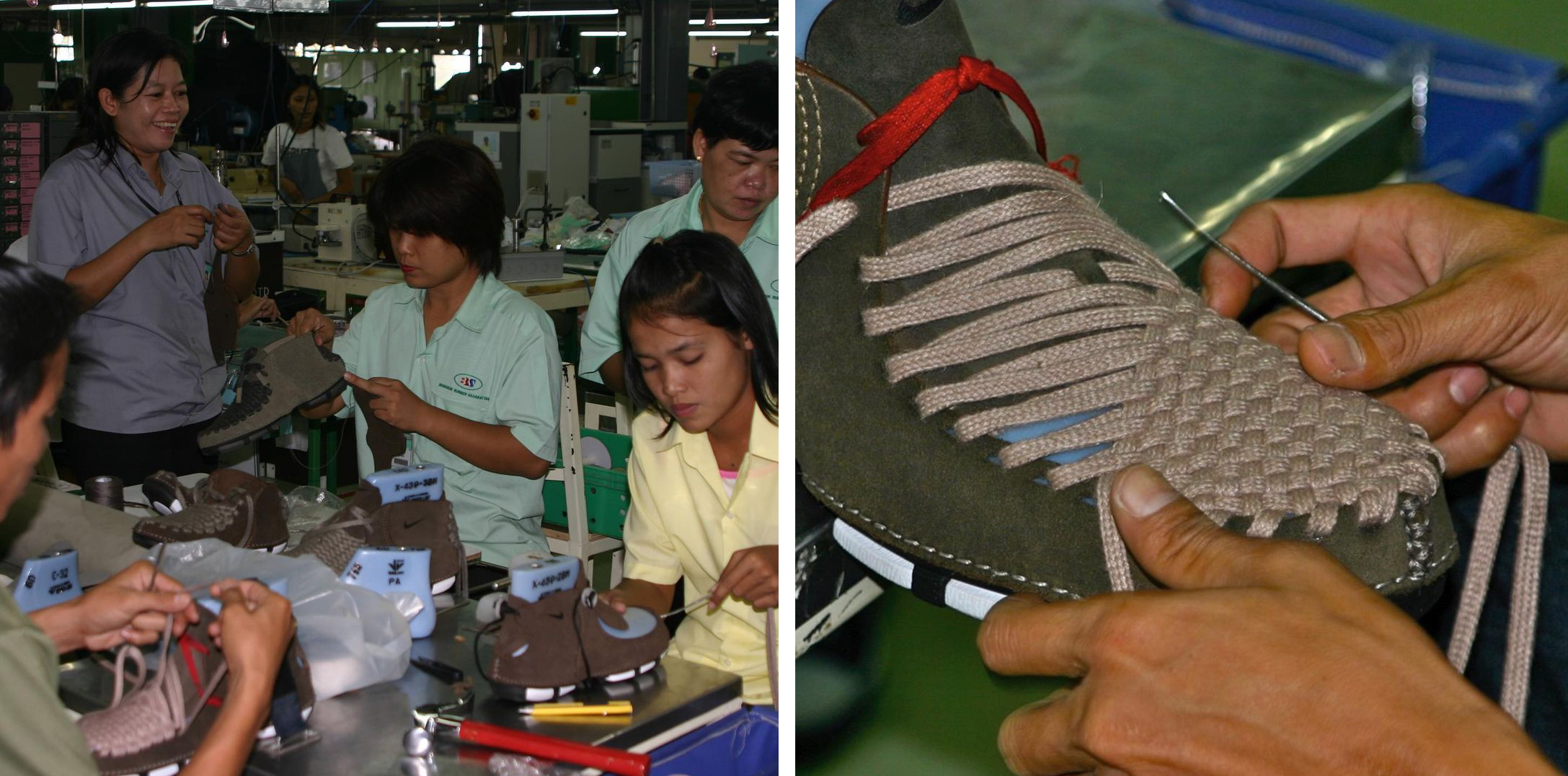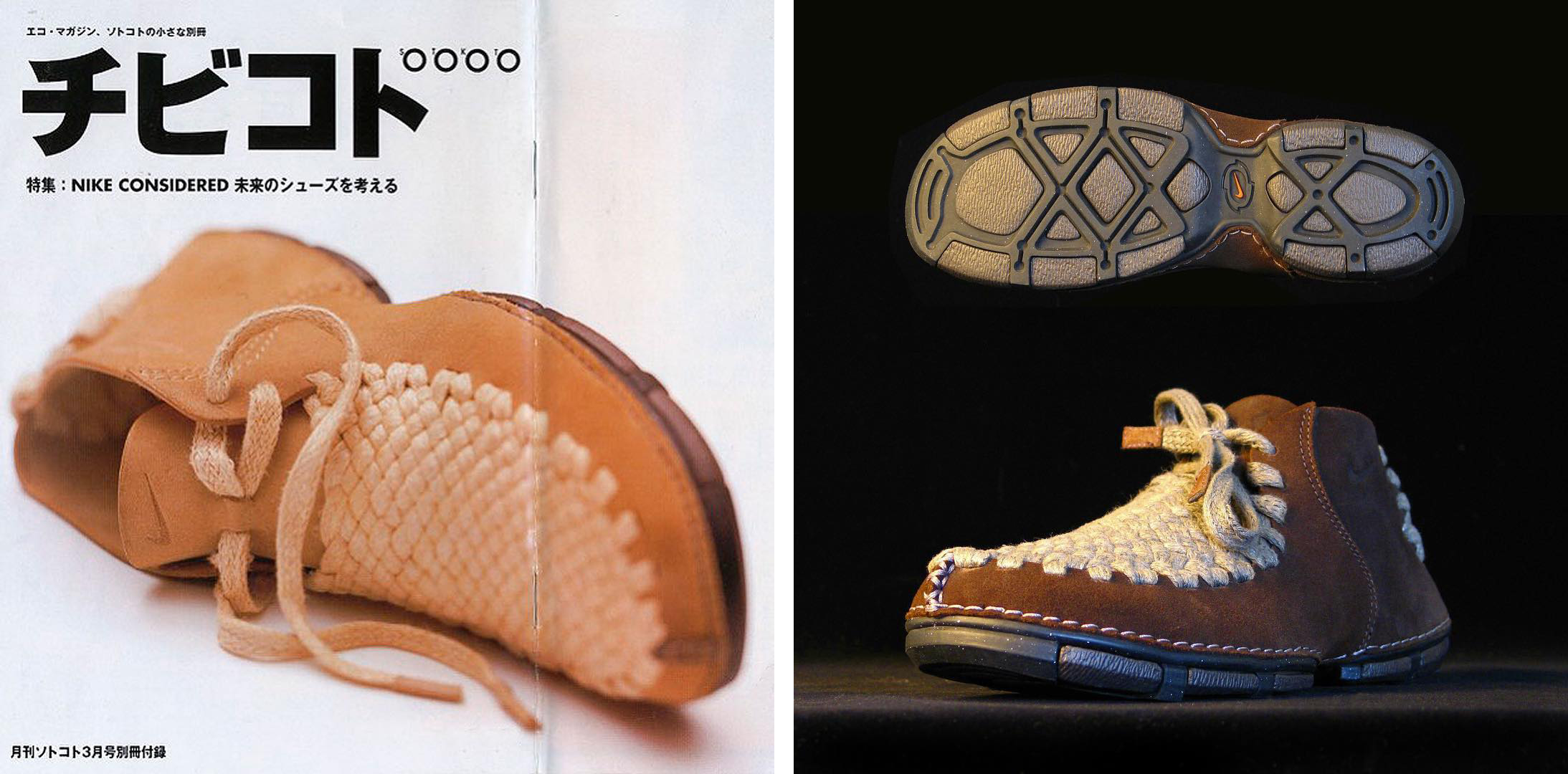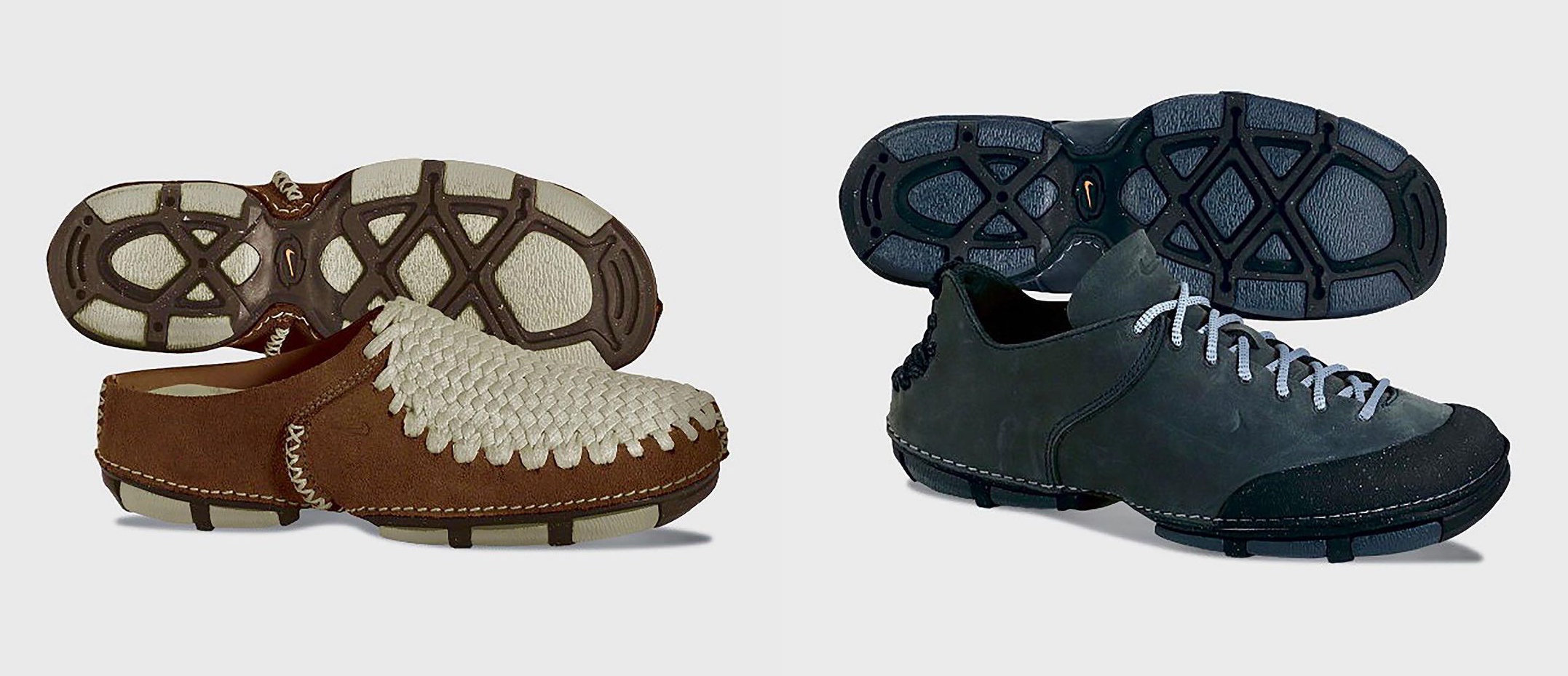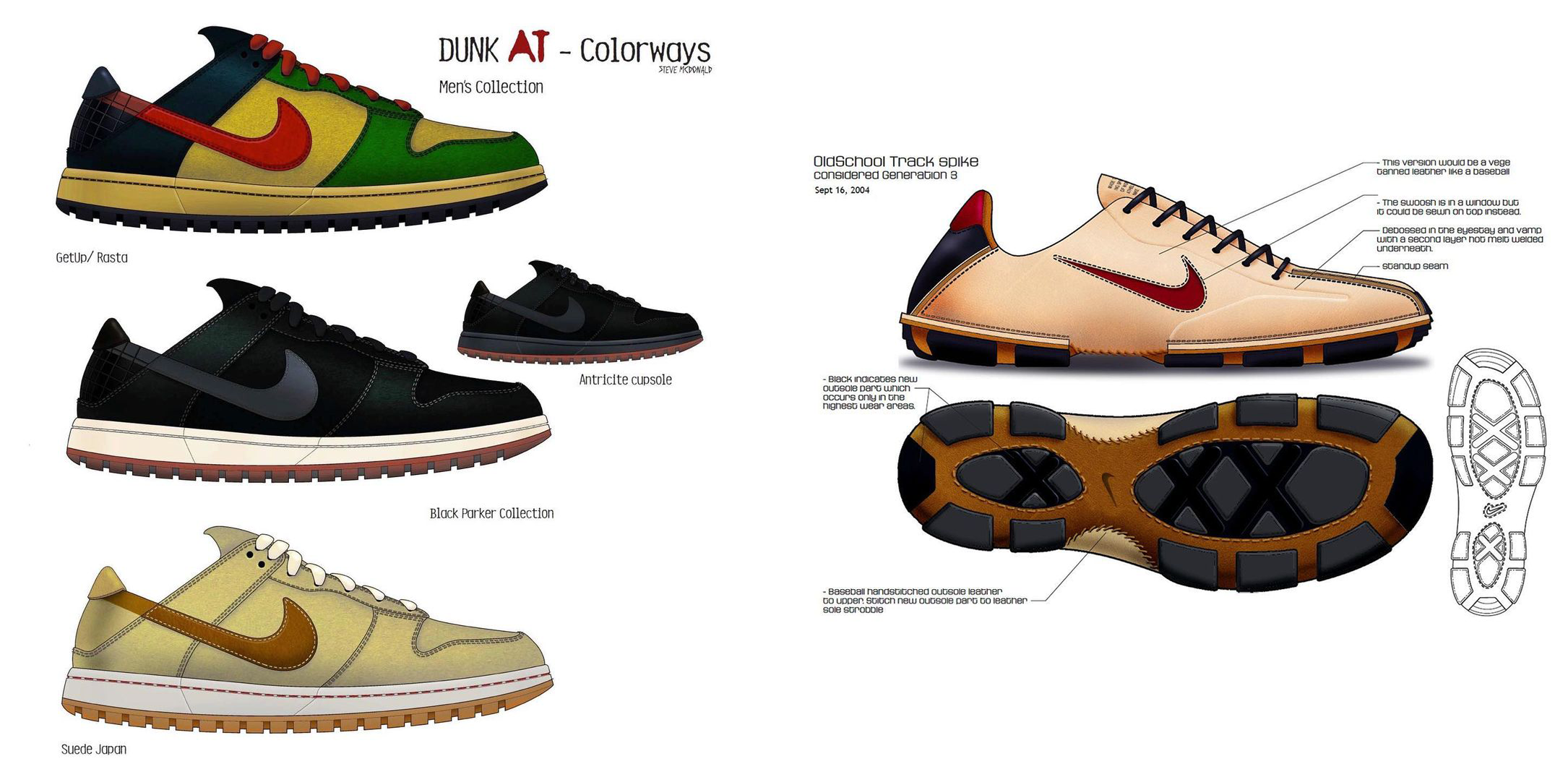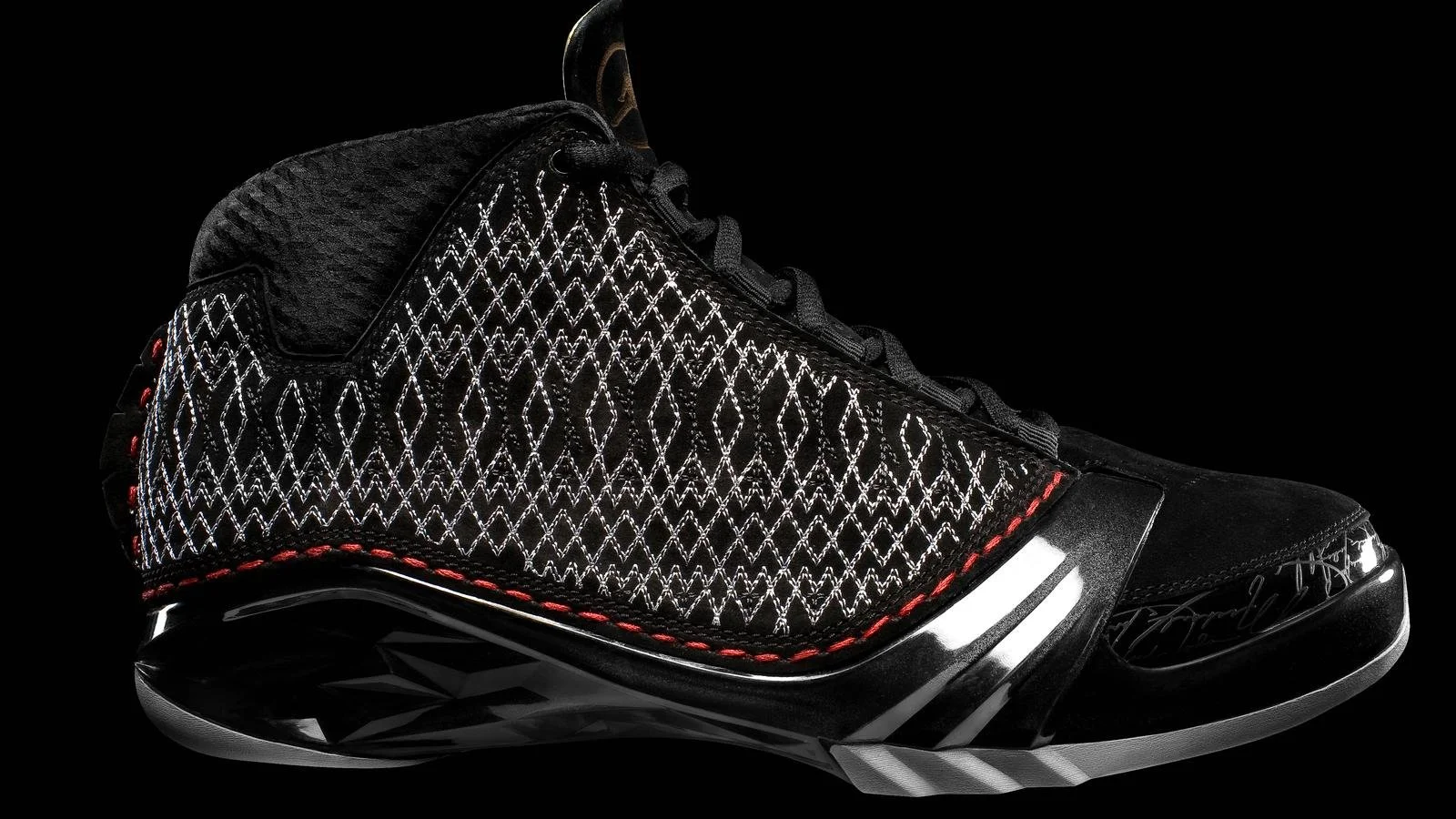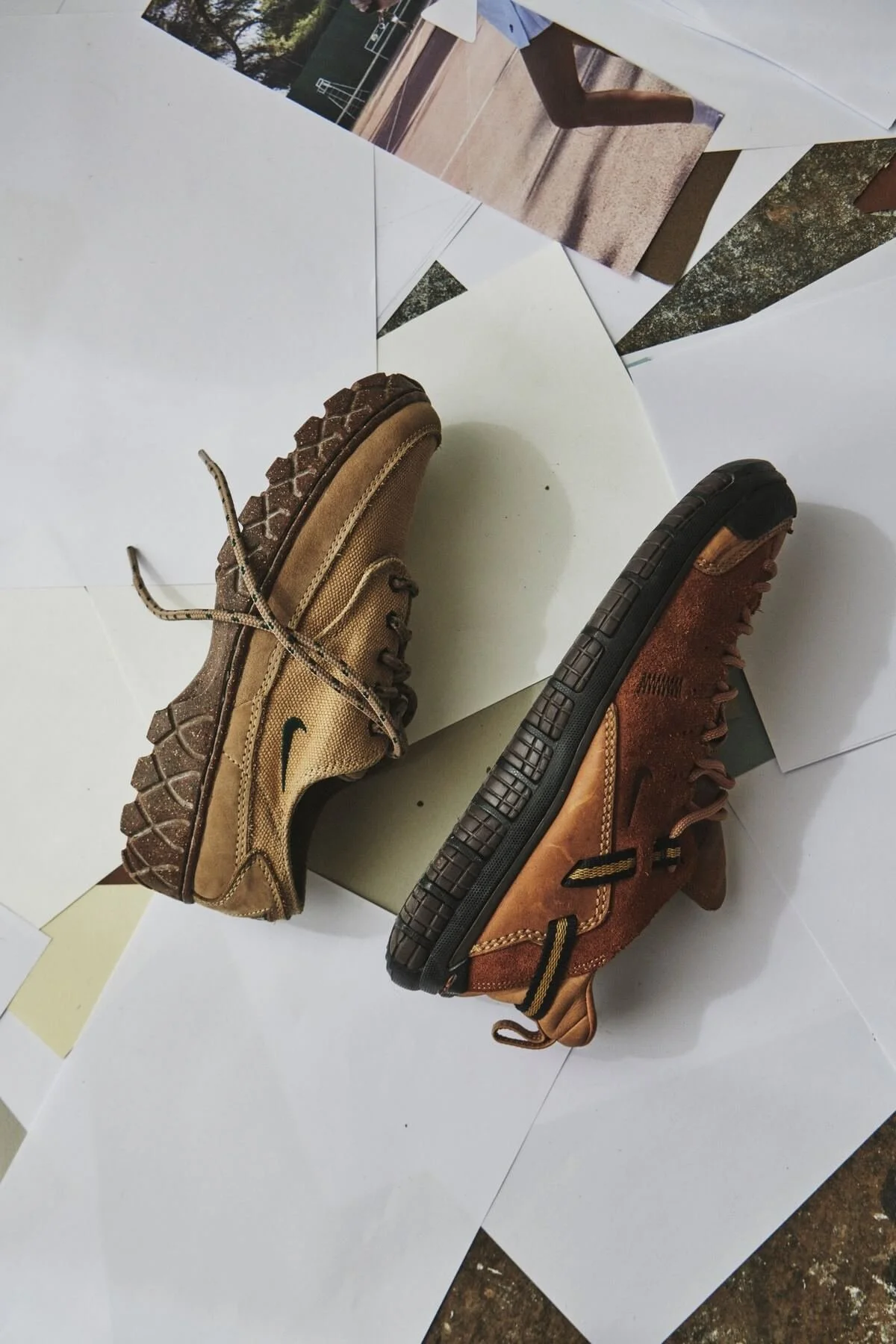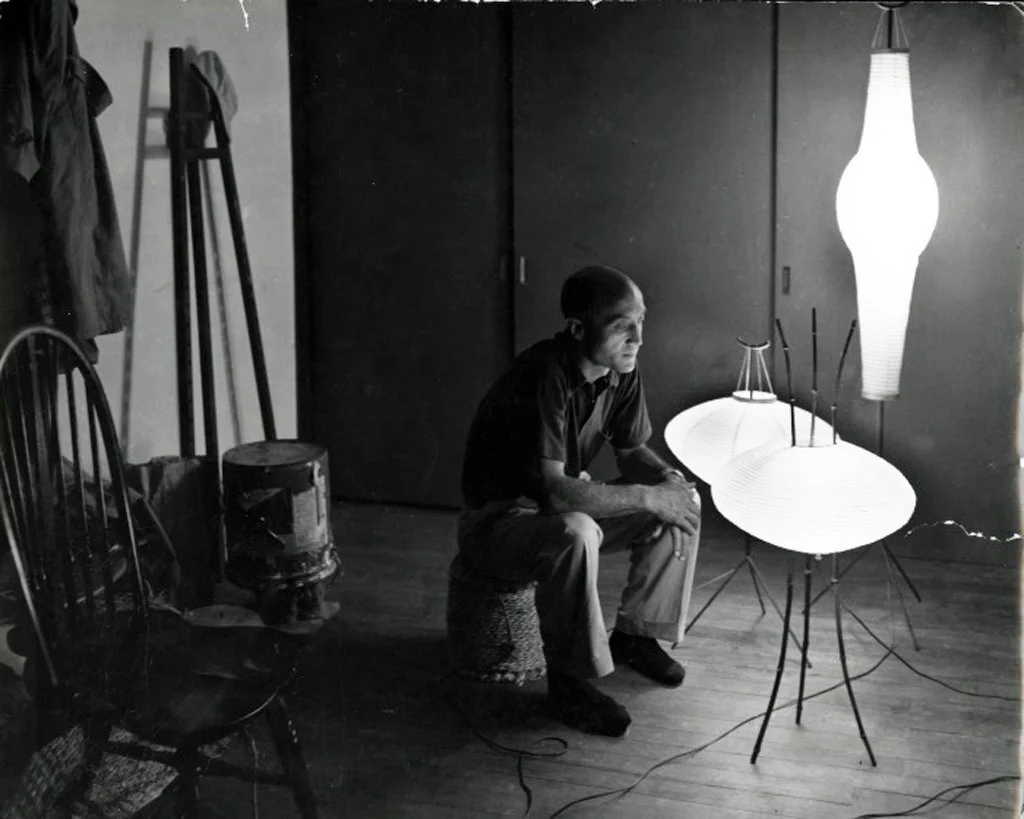Nike Considered: Too Early, Still Too Late
First Nike Considered Range
Sustainability as a term, concept, or marketing play is becoming increasingly relevant for the sneaker industry. Adidas introduced a closed-loop sneaker concept via Futurecraft and Nike is using more recycled materials (see the Space Hippie collection). Pretty much all companies are pledging to include matters of environmental impact as a significant dimension of their decision matrixes. These initiatives have to prove themselves against greenwashing accusations (doesn’t help for example, when German journalists discover that Nike destroys new and as-new products in their Nike Grind recycling process) and that they have a scalable impact on sneaker supply chains. Right now, it can feel more like a concept car situation similar to the automotive industry. There are some hyper-futuristic sci-fi vehicles out there, but most people are either driving monstrous SUVs or more or less run-down old cars – depending on budget. Concerns about the climate and the impact of our industrialized, capitalist world on our planet are nothing new at this point with experts showcasing all these worrisome developments for decades. Naturally, some degree of awareness also found its way into the sneaker industry at some point.
When Nike announced the expansion of the Considered program into further product categories in 2008, after introducing the concept in 2005, the press release also included a proclamation about Considered goals. "We aim to have 100 percent of Nike footwear meet baseline Considered standards by 2011, all apparel by 2015, and all equipment by 2020”. Almost one-and-a-half decades later and way past the 2020 deadline, we can look back on the discontinuation of the Considered program and the significant growth of the worldwide sneaker market since 2008. That means a more radical shift in production methods at an earlier time would have resulted in a more substantial impact today even.
Chucka Boot & Rock Low
Of course, we are aware that we are more a part of the problem than a part of the solution. As product enthusiasts writing and posting about sneakers, upcoming brands, and everything else consumerism-related about the subcultures we love, we also keep fueling the machinery of constant new releases and all the impact the production of those items entails. A marginal contribution we can provide in that context is researching past developments, trajectories of culture, and crucial ideas. In the case of Nike Considered, it is more than appropriate to remember how those concepts tried to implement eco-friendly processes into designing high-quality products and pushing them to the front of the collective sneaker consciousness. So, let’s have a look at the unfortunately short-lived Considered collection. Better late than never - since it would be difficult and pessimistic to pinpoint a “too late” threshold, at least for now.
Nike ZVEZDOCHKA by Marc Newson
Before the inception of Considered, Nike had dipped their toes into sustainability-focused projects already. In 1993, Nike introduced a recycling program called Reuse-a-Shoe, and together with Marc Newson, they engineered the Nike ZVEZDOCHKA in 2004. The industrial designer approached the project with pragmatic eco-conscious principles in mind, resulting in an endearingly obscure, minimal “non-sneaker”-sneaker containing no toxins or glue since it used mechanical locks to bind its four modular components. Those important influences also materialized in the first Nike Considered release in 2005. It took several years though, almost a decade even, to get there from the start of the program.
Nike Considered concept board
The Nike Considered project started as a comparatively small group of motivated designers with a mission to produce a fully closed-loop shoe with as little environmental impact as possible. Among them, were Tinker Hatfield, Andreas Harlow, Mike Aveni, Richard Clarke, and Steve McDonald. As one can imagine, they found themselves facing all kinds of problems, both in executing their ambitious vision technically, as well as obstacles put in their way in-house at Nike. Imagine the sneaker version of the Anbu, but with more altruistic motives. Jeff Staple, who was brought on board for branding and communication by Richard Clarke in 2003, remembers “almost secretive meetings” with the Considered team and pushbacks from PR departments. Those were concerned about saying “this shoe is completely good for the earth” because “then what are we saying about the other 2,500 shoes we're making every year?". He also named Nike Considered, once other proposals like the working titles Eco-Tech or Feels Right fell through – presumably for legal reasons – and held the global launch event for the first collection at Reed Space in New York.
Nike Considered launch event at Reed Space NYC
Creating a truly closed-loop sneaker means taking as many aspects of footwear production into account as possible when designing the shoe. To better understand the variables in the multi-faceted equation that slowly grew in front of the Nike designers in the process of manifesting the rules for their project, they worked with The Natural Step, an international not-for-profit organization focusing on research in sustainable product development.
In the case of Nike Considered, the end product had to be able to entirely deteriorate naturally and/or be constructed with reusable as well as recyclable parts. Those had to be made of not more than five different materials, which had to be sourced within a 200 mile-/ca. 320km-radius from the factories the shoes were produced in. Only vegetable dyes and leathers tanned by utilizing recycled wastewater were used. Cutting patterns for uppers had to be restructured to reduce waste and several additional details had to be considered as well. Size stickers on the packaging had to be left out because of their adhesives. Plastic lace aglets were replaced by leather substitutes.
Nike Considered production in Thailand
With all these measures applied and producing the handmade Considered line in Thailand, Nike claimed to reduce the waste created in production by about a third while only using about 20% of the amount of solvent used in conventional production. All require less energy to create, because of fewer production stages and shorter procurement distances of materials.
Considered Boot
The first Nike Considered drop might not even have been instantly recognized as a Nike product. Its standout model, the Considered Boot, looks more fitting in a crowd at a Phish show than at a sports event. It still makes sense as a continuation to some All Conditions Gear ideas as well as the application of Nike’s technological knowledge and resources – just with a different objective than helping athletes improve their performance on the track or the court. The knitting structure on the upper came from Mike Aveni who also used a similar technique/pattern on the Air Woven, an iconic shoe in its own right. It is all made up of one big hemp lace giving structure to the leather upper while providing enough flexibility for the boot to “mold itself to the foot”.
Mule & Rock Low
Generally speaking, the whole first generation of the Considered series combines the Nike ACG aesthetic with sensibilities that today could be described as “eco-gorp”. All silhouettes sit atop the same modular sole unit and are constructed with similar materials – think of a chef cooking a menu with varying courses using the same ingredients for each. According to Steve McDonald, among all of the first Nike Considered products “the single piece injected urethane sandal is the most Considered product. Yes, it is made from fossil fuels, but it is made of one piece of urethane which is capable of being recycled and made into the same product again – making it a closed-loop product.” The same probably cannot be said in totality about the silhouettes built with leather uppers.
Considered Haze Sample
Considered Dunk AT & Considered Baseball concepts (with collapsing heels)
Considered Kirigmi Sample
In subsequent years, there were multiple samples, several experiments, further developments, and additional releases announcing the next phase of Nike Considered. More directly inspired by ACG [again] and with a more recognizable influence from basketball, there are the Considered Mowabb 2 and Nike Considered 2K5. Both with sole units reminiscent of the Nike Free system, which should become uber-popular a few seasons later. At first glance, this can suggest a softening of the Considered principles but could also be seen as evolution and development towards mass compatibility with more athletic design cues compared to the first generation.
Considered Mowabb & Nike Mowabb
Considered 2K5 & Nike 2K5
Implementing Nike Considered, the think tank around the project also introduced the Considered Index internally at Nike in 2007. The guideline tried to assess measurables for all footwear production processes and their impact on the environment but it was quite difficult to precisely define realistic metrics. It took over 18 months to develop. The idea behind the Considered Index was to quantify decision-making and to adapt the sustainability restrictions developed with Nike Considered more easily in other footwear categories.
Air Jordan XX3
One of those categories was basketball, with none other than one of the annual Air Jordan silhouettes. In 2008, The Air Jordan XX3 was Nike’s first basketball shoe designed using the Considered ethos. It was partially made up of recycled materials and required comparatively minimal solvent usage. Apparently, Michael Jordan was so impressed by the shoe and the implementation of the Considered principles that he told the Jordan brand team: “I want all my shoes made this way.” For once, Michael Jordan would not be granted his PR-induced wish.
Nike’s Considered product line and its guiding ethos were eventually replaced by singular projects or technologies. Examples like 2012’s Flyknit had their own sustainability attributes like reducing material waste or using less hazardous ingredients. Sure, now we have the Nike Better World mantra but that often can feel more like a pledge than a real impactful guideline. It is quite baffling that we are sold sustainability-driven initiatives as groundbreaking these days when the awareness of those pressing problems has been there for decades. Also, seemingly applicable concepts to improve the situation have been exercised quite a long time ago, as exemplified by Nike Considered – many of them strikingly similar to what is promoted as innovation today. Why the tools built with Nike Considered were not further developed, as indicated in Steve McDonald’s Considered manifesto (highly recommended reading), is a rather rhetorical question. The fact that we are still asking it though illustrates both the relevance of Nike Considered within the footwear industry and the necessity of revisiting and re-evaluating its core purpose.
Nike ACG Zion & Considered Switchblade in the “Nike x Jaquemus Studio”
(Did they get the sample from The Culture PDX?)
The first collection recently popped up on mood boards all over the place. Possibly, not primarily because of its eco-friendliness, but because it fits into a specific aesthetic curated by the likes of organiclab.zip, hikingpatrol, or 114.index. It was also an important influence for Simon Jaquemus’ first Nike collaboration – design-wise at least – with the Considered Switchblade being one of the main references for the Air Humara update by Jaquemus. Still, sustainability aspects also overlap with those tastes and inform them. Their surging popularity could (hopefully) be an indicator of more awareness of those factors in footwear production and consumption; bridging the gap from visuals to intent. Maybe one should consider aspects like materials used, adhesive selection, minimizing the number of components, or modular design more often, and shift the focus onto similar matters. Don’t those ideas deserve the label innovation more than an unconventional placement of a logo or adding more and more “deconstructivistic” components to a silhouette that had been designed decades ago?



